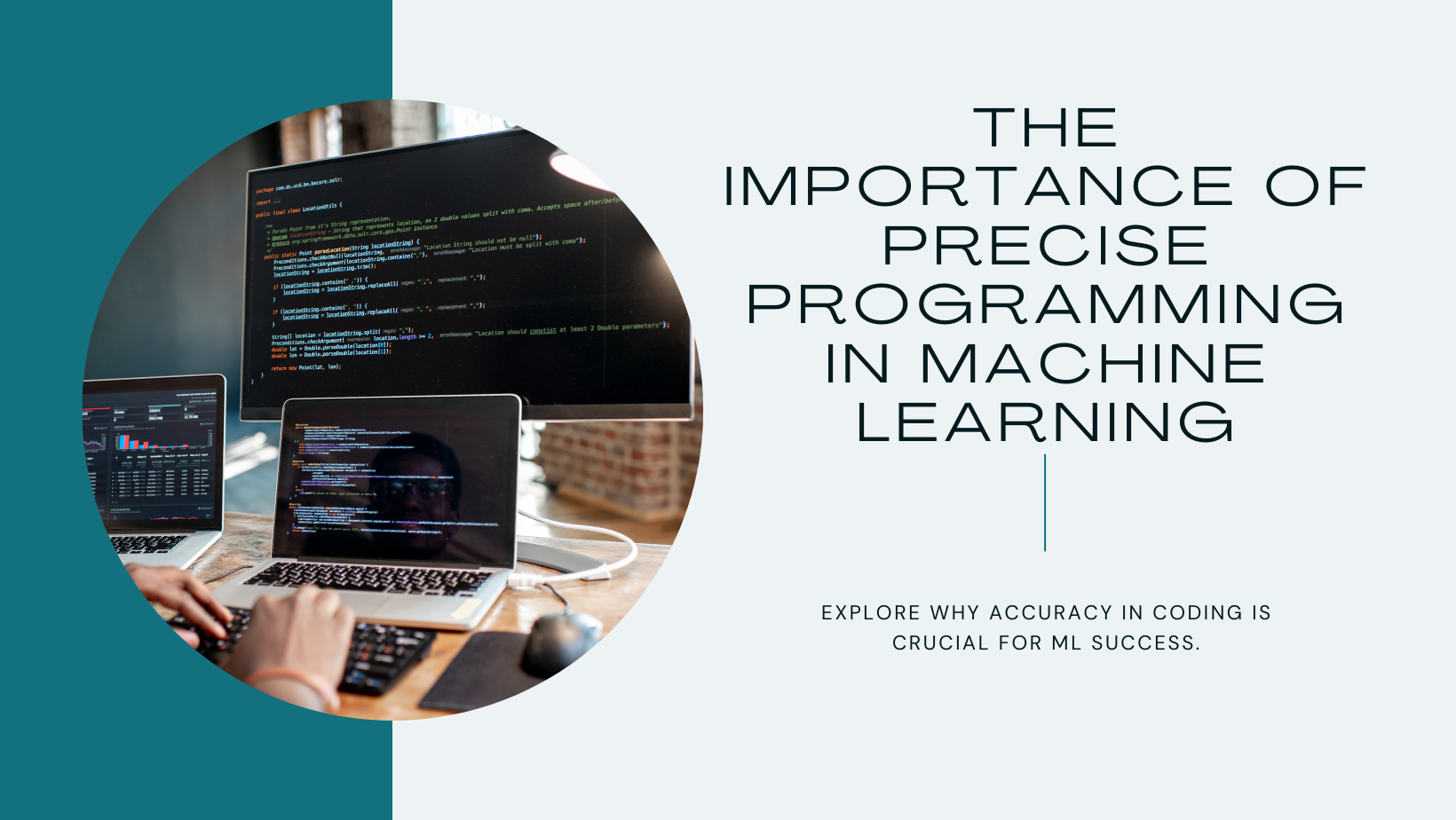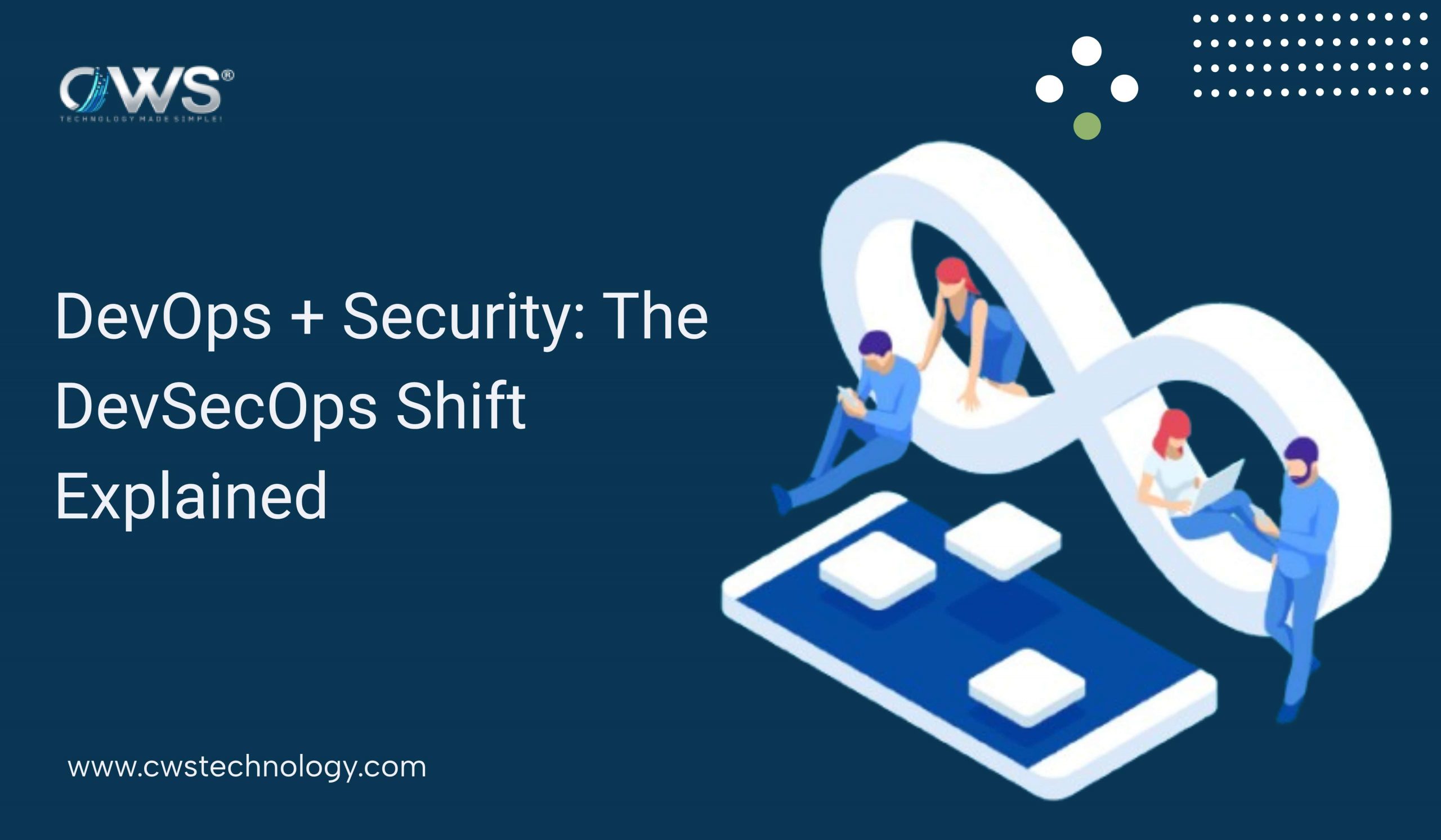Overview
Machine learning sounds like magic, right? Robots learn and adapt, seemingly on their own. But behind the scenes, there’s a surprising amount of human effort involved, especially when it comes to programming. In this post, we’ll dive into why precise programming is crucial for getting the desired results from machine learning.
What is Machine Learning and How Does it Work?
Imagine a computer program that gets smarter over time, learning from data without explicit instructions. That’s the essence of machine learning! It’s a branch of artificial intelligence (AI) focused on building such systems.
Imagine a baby learning to walk. They stumble, fall, and get back up, slowly figuring things out through trial and error. Machine learning follows a similar principle. We feed the machine massive amounts of data, and it learns to identify patterns and make predictions based on that data.
Here’s the catch: the quality of that data and how it’s presented to the machine learning model is critical. Think of the baby again. If they only practiced walking on uneven terrain, they might struggle on smooth surfaces. In the same way, poorly structured or inaccurate data can lead the machine learning model down the wrong path.
ML algorithms analyze historical data to identify patterns and relationships. They use this knowledge to make predictions, categorize information, and even generate new content, as seen in tools like ChatGPT and Dall-E 2.
Real-World Applications of Machine Learning
Machine learning’s impact is vast, touching almost every industry:
- Recommendation Systems: E-commerce sites, social media platforms, and news outlets use them to suggest content tailored to your preferences.
- Self-Driving Cars: ML algorithms and machine vision are crucial for these vehicles to navigate safely.
- Healthcare: Machine learning aids in disease diagnosis and suggesting treatment plans.
- Fraud Detection: It helps identify and prevent fraudulent activities.
- Spam Filtering: Keeps your inbox free from unwanted emails.
- Business Process Automation: ML streamlines repetitive tasks, boosting efficiency.
The Advantages and Challenges of Machine Learning
While ML offers a treasure trove of benefits, there are challenges to consider:
Advantages:
- Enhanced decision-making: Uncover hidden insights in data for better-informed choices.
- Automation: Focus on what matters by automating repetitive tasks.
- Improved Efficiency: Streamline processes and reduce costs.
- Personalized Experiences: Tailor products and services to individual needs.
Challenges:
- Cost: Building and maintaining ML models requires expertise and resources.
- Data Bias: Algorithms trained on biased data can perpetuate unfairness.
- Explainability: Complex models can be difficult to understand, making it hard to explain their decisions.
The Future of Machine Learning
Machine learning is rapidly evolving, with constant advancements happening daily. Here’s a glimpse into what’s next:
- Natural Language Processing (NLP): Expect more natural and engaging conversations with AI assistants.
- Computer Vision: This technology will revolutionize healthcare, environmental science, and software development.
- Automated Machine Learning Platforms: These platforms will simplify ML adoption for businesses.
As machine learning continues to evolve, it holds immense potential to transform our lives and the way we work. Buckle up, as the future promises exciting possibilities!
Precision Programming: Building the Right Playground
This is where precise programming comes in. Programmers act as the architects, building the “playground” where the machine learning model learns. They define how the data is prepped, fed into the model, and how the model interprets the information.
Here are some key areas where precise programming is essential:
- Data Cleaning and Preprocessing: Imagine the baby trying to walk with pebbles in their shoes. Just like we wouldn’t expect a smooth learning experience with uncomfortable shoes, the data needs to be cleaned and formatted correctly for the machine learning model to function properly. Programmers handle this by identifying and removing errors, inconsistencies, and irrelevant information from the data.
- Choosing the Right Algorithm: There isn’t a one-size-fits-all approach in machine learning. Different algorithms excel at different tasks. Programmers need a deep understanding of various algorithms and their strengths to choose the one that best suits the specific problem the machine learning model is trying to solve.
- Fine-Tuning the Model: Just like a baby refines their walking technique with practice, machine learning models need adjustments. Programmers monitor the model’s performance and make tweaks to the underlying code to improve its accuracy and efficiency.
While pre-built models and user-friendly platforms are fantastic, there’s a place where programmer expertise shines. For complex tasks or highly customized solutions, precise coding becomes crucial.
Machine Learning: Strategies and Methods
- Fine-tuning the algorithm: Just like tweaking a recipe for the perfect flavor, programmers can adjust machine learning algorithms for optimal performance.
- Understanding the data: Data is the fuel for machine learning. Programmers with a strong grasp of data analysis can ensure the algorithm is “fed” the right information to make accurate predictions.
So, machine learning isn’t all about complicated coding. However, programmers play a vital role in ensuring its accuracy and effectiveness. Imagine a chef and their sous-chef – they work together, each with their strengths, to create a delicious dish. In machine learning, programmers and user-friendly tools collaborate to achieve the desired outcome.
See Also | The Most Popular Technology in the Global IT Industry
The Truth Behind the Code: Not Exactly
While the answer might seem like a simple “no,” there’s more to the story. Machine learning algorithms, the brains behind the operation, do require programming. But here’s the good news: you don’t necessarily need to be a coding master to benefit from them.
Think of it this way: Imagine you’re training a dog to fetch. You show it the ball, give clear instructions, and offer rewards for good behavior. In machine learning, the data acts as the ball, the programmer sets the guidelines, and the desired outcome is the reward.
Mastering ML: Essential Tools and Techniques for Success
Here’s where things get interesting. Programmers have developed various toolkits to make machine learning more accessible. These include:
- Pre-built models: Imagine pre-made cookie dough – ready to use and bake delicious results. Similarly, pre-built machine learning models exist for common tasks, saving programmers time and effort.
- Easy-to-use platforms: Just like user-friendly recipe apps, there are platforms that simplify machine learning for beginners. These platforms offer drag-and-drop interfaces and clear instructions, making it easier to train algorithms.
Why Precision Matters: The Butterfly Effect of Programming
Even small errors in programming can have a significant impact on the outcome of machine learning. Here’s why:
- Garbage In, Garbage Out: If the data fed into the model is inaccurate or poorly structured, the model’s predictions will be unreliable. Precise programming ensures the data is clean and presented in a way the model can understand.
- Unintended Bias: Programmers need to be aware of potential biases that might creep into the data or the algorithms themselves. For example, if a model is trained on data that primarily features men, it might struggle to make accurate predictions for women. Careful programming helps mitigate these biases and ensure fair and ethical outcomes.
The Takeaway: The Human Touch in Machine Learning
Machine learning is a powerful tool, but it’s not magic. Behind the scenes, skilled programmers play a vital role in ensuring the machines learn effectively. By carefully crafting the learning environment and ensuring precise data handling, programmers pave the way for accurate and reliable results!








